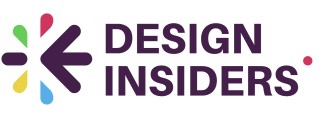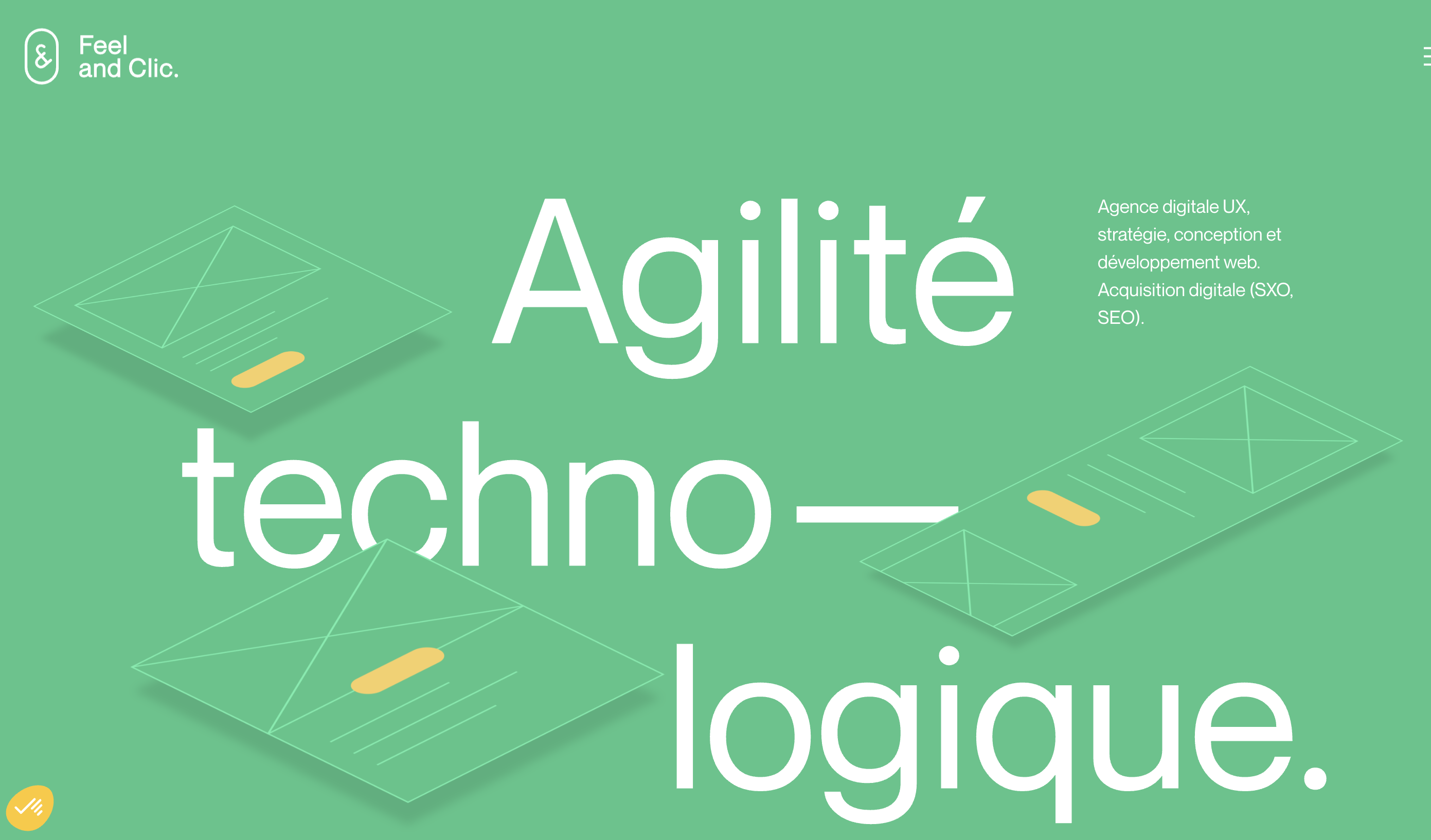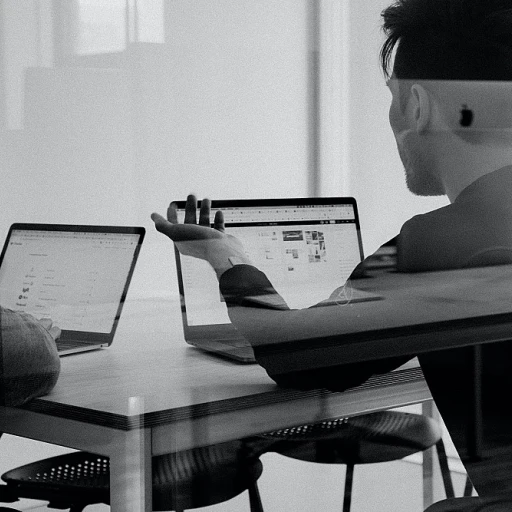Understanding the Importance of UX Design
The Role of UX Design in Product Development
In the realm of design, understanding the importance of user experience (UX) is crucial for creating products that resonate with users. UX design is not just about aesthetics; it's about crafting an experience that is intuitive, engaging, and user-friendly. This process involves a deep understanding of user needs and behaviors, which can significantly impact the success of a product.
Designers often use a variety of design tools and methodologies to enhance user experience. From wireframes to high fidelity prototypes, these tools help in visualizing the user journey and refining the interaction design. By employing prototyping tools like Figma, designers can create interactive prototypes that allow for real-time testing and feedback.
Why UX Matters
UX design is integral to the design process because it ensures that the end product is not only functional but also enjoyable to use. A well-designed user experience can lead to higher user satisfaction, increased engagement, and ultimately, greater success for the product. As designers, focusing on UX means prioritizing the user's needs and creating solutions that address their pain points effectively.
To learn more about the complexities and importance of designing a seamless customer experience, you can read this article for a deeper understanding.
As we delve deeper into this topic, we will explore key professional features in UX and how they can be integrated into your design process. Understanding these elements will help you overcome challenges in implementing UX features and stay ahead of future trends in experience design.
Key Professional Features in UX
Essential Features for a Professional User Experience
Creating a compelling user experience is not just about aesthetics; it's about integrating key features that enhance usability and functionality. Professional UX design involves a blend of strategy, creativity, and technical prowess. Here are some critical features that designers should consider:
- Interactive Prototypes: Prototyping tools like Figma allow designers to create high fidelity prototypes that simulate real-time user interactions. These interactive prototypes are crucial for user testing and refining user flows.
- User-Friendly Interfaces: A clean, intuitive design is essential for keeping users engaged. This involves crafting wireframes prototypes that are easy to navigate, ensuring that users can accomplish tasks with minimal effort.
- Responsive Design: Ensuring your design adapts seamlessly across various devices is vital. While this will be explored further in other sections, it's important to note that responsive design is a cornerstone of modern UX.
- Seamless Integration of Tools: Designers must leverage the best design tools to streamline the design process. Tools that support wireframing prototyping and interaction design can significantly improve design efficiency.
- Comprehensive User Testing: Regular user testing helps designers learn what works and what doesn't, enabling them to iterate and improve the design continuously.
For a deeper dive into how these features can be integrated into agile design processes, you can read more here.
Integrating UX Features into Your Design Process
Streamlining Your Design Workflow
Integrating professional features into your design process requires a strategic approach. To start, it's crucial to understand how these features can enhance the user experience and improve design outcomes. Designers need to focus on creating a seamless workflow that incorporates user-friendly tools and methods. This ensures that every step, from wireframing prototyping to building high fidelity prototypes, aligns with the overall product vision.
Leveraging Prototyping Tools
Using the right prototyping tool is essential for creating interactive prototypes that accurately represent the final product. Tools like Figma offer a pro plan that supports real-time collaboration, allowing designers to work together efficiently. This feature is particularly beneficial for teams aiming to produce high-quality designs quickly. By utilizing these tools, designers can create both low fidelity and high fidelity prototypes, enabling them to refine user flows and interaction design before development.
Incorporating User Testing
User testing is a vital component of the design process. It helps designers learn how users interact with their product and identify areas for improvement. By conducting tests with wireframes prototypes, designers can gather valuable feedback early in the process. This approach not only saves time but also ensures that the final product meets user expectations. For more insights on creating an inclusive user experience design, read this article.
Adapting to Feedback
Finally, designers must be open to feedback and willing to adapt their designs based on user input. This iterative process is crucial for refining the user experience and ensuring that the product remains user-centric. By continuously testing and refining their designs, designers can create a product that not only meets but exceeds user expectations.
Challenges in Implementing UX Features
Overcoming Barriers in Implementing UX Features
Implementing professional features in user experience design is not without its challenges. Designers often face a myriad of obstacles that can impede the integration of these features into the design process. Understanding these challenges is crucial for creating a user-friendly product that meets the needs of its users.
One of the primary challenges is the selection of the right design tools. With a plethora of options available, from Figma to other prototyping tools, choosing the best tool for your project can be daunting. Each tool offers different capabilities, from wireframing to creating high fidelity prototypes, and the decision often depends on the specific requirements of the project.
Another significant challenge is ensuring that the design process remains user-centric. This involves conducting thorough user testing to gather insights and feedback, which can be time-consuming and resource-intensive. However, this step is vital for improving design and ensuring that the final product aligns with user expectations.
Additionally, designers must navigate the complexities of creating interactive prototypes that accurately represent user flows and interaction design. This requires a deep understanding of both low fidelity and high fidelity prototyping, as well as the ability to iterate quickly based on user feedback.
Lastly, integrating these features into an existing workflow can be challenging, especially for teams that are not accustomed to using advanced design tools. It requires a shift in mindset and a willingness to learn new processes, which can be difficult for some teams.
Despite these challenges, with the right approach and tools, designers can successfully integrate professional UX features into their projects, ultimately enhancing the overall user experience.
Case Studies: Successful UX Feature Integration
Real-World Success Stories in UX Feature Integration
In the realm of design, real-world examples offer valuable insights into how professional features can enhance user experience. Let's delve into a few case studies that highlight the successful integration of these features.Case Study 1: Streamlining User Flows in E-commerce
An e-commerce platform faced challenges with user retention due to a complicated checkout process. By employing high-fidelity prototypes and user testing, designers were able to identify pain points in the user flows. The solution involved simplifying the checkout steps and integrating interactive prototypes to simulate the user journey. This approach not only improved the user experience but also increased conversion rates significantly.Case Study 2: Enhancing Interaction Design in a Mobile App
A mobile application aimed at providing a seamless user experience needed to refine its interaction design. Using advanced design tools like Figma, the team developed wireframes prototypes to visualize potential improvements. By focusing on creating a more user-friendly interface and employing real-time prototyping tools, the app's interaction design was enhanced, leading to higher user satisfaction and engagement.Case Study 3: Prototyping Tools in Product Development
In the competitive world of product design, a tech company leveraged wireframing prototyping to develop a new software tool. The design process involved low fidelity and high fidelity prototypes to test various features before final implementation. This iterative approach allowed designers to gather feedback and refine the product, resulting in a tool that met user needs effectively. These case studies demonstrate that integrating professional features into the design process can lead to significant improvements in user experience. By learning from these examples, designers can create products that not only meet but exceed user expectations.Future Trends in UX Design
Emerging Technologies Shaping the Future
The landscape of user experience design is rapidly evolving, with new technologies continuously emerging. Designers are increasingly leveraging advanced design tools to create more interactive prototypes and high-fidelity prototypes that enhance user testing. Tools like Figma are becoming indispensable for designers, offering real-time collaboration and a suite of features that streamline the design process.
AI and Machine Learning in UX
Artificial Intelligence (AI) and machine learning are playing pivotal roles in improving design. These technologies allow designers to create more personalized and user-friendly experiences by analyzing user flows and predicting user behavior. AI-driven design tools can automate wireframing prototyping, making the design process more efficient and effective.
Focus on Accessibility and Inclusivity
As discussed earlier, the importance of user experience cannot be overstated. Future trends indicate a growing emphasis on creating inclusive designs that cater to a diverse user base. Designers are increasingly focused on ensuring that their products are accessible to all users, regardless of their abilities. This shift towards inclusivity is not just a trend but a necessity in modern experience design.
Prototyping Tools and Techniques
Prototyping tools are becoming more sophisticated, allowing designers to create both low fidelity and high fidelity prototypes. These tools enable designers to visualize user interactions and refine their designs before final implementation. Interactive prototypes are essential for testing user interactions and ensuring a seamless user experience.
Continuous Learning and Adaptation
To stay ahead, designers must continually learn and adapt to new tools and methodologies. The design process is becoming more iterative, with a focus on user feedback and testing. By staying informed about the latest trends and technologies, designers can create products that not only meet user needs but also set new standards in experience design.










